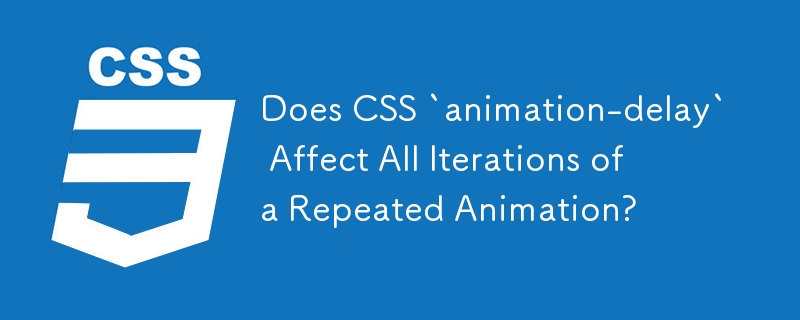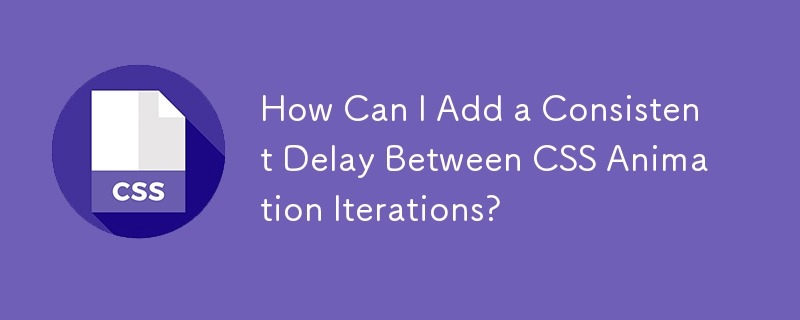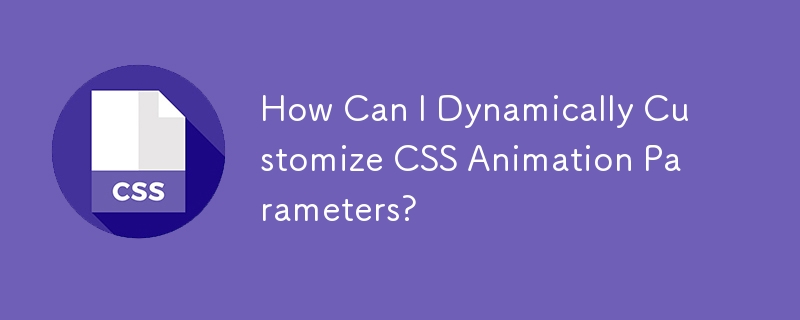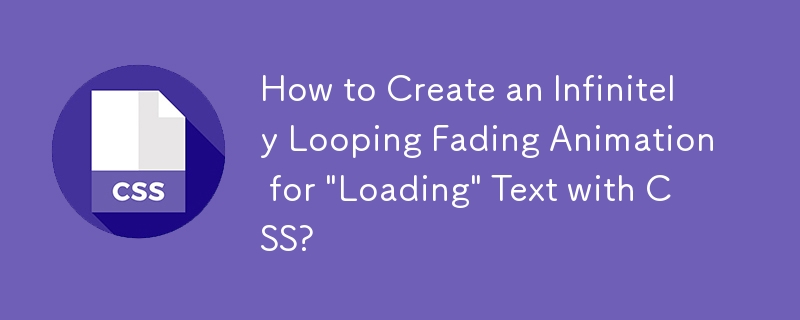Found a total of 10000 related content

How to Get Started with CSS Animation
Article Introduction:CSS animation: Dynamic effects beyond CSS transition
CSS animation is an advanced version of CSS transition. It supports infinite loops, uses keyframes to create complex effects, and can be paused during animation playback. This article will explore all aspects of CSS animation to help you easily master this powerful web design technology.
Create CSS animation: Keyframes and animation properties
To create a CSS animation, you first need to define a @keyframes rule that specifies the animation name and groups the keyframe rules. Then, apply the animation to the target element.
CSS animation can be controlled through a variety of attributes, including: animation-delay and animation-duration.
2025-02-10
comment 0
623
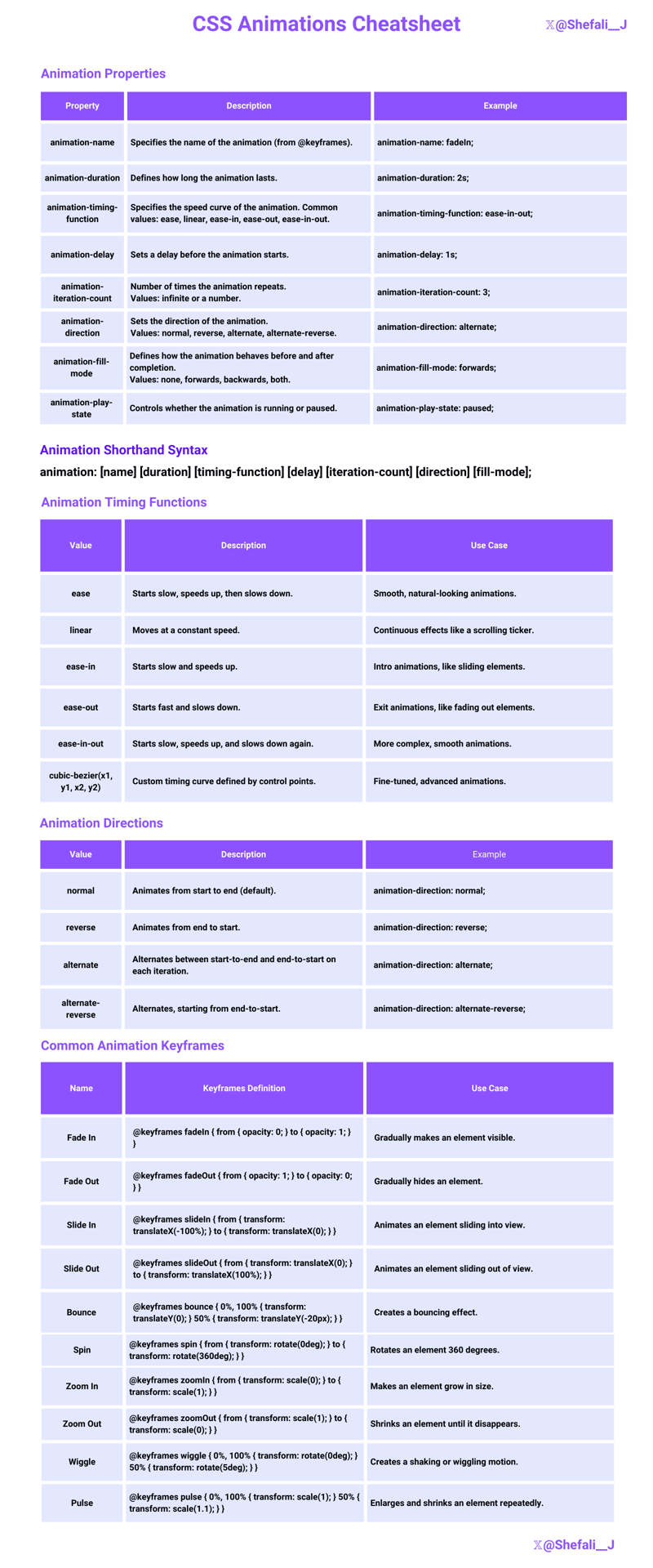
Mastering CSS Basic Animation Concepts
Article Introduction:CSS animation: magic that gives the website vitality and dynamic
CSS animation is like magic, making the website more energetic and attractive. Through animation, you can easily move the website elements, change its color and adjust its size smoothly.
In order to make your animation more interactive and smooth, you first need to understand the basic animation concept. In this article, you will learn the basic rules and animation attributes of animation to control the behavior of the animation.
Let's start! What's more?
To start using CSS animation, you need to know the two basic components:
@Keyframes: The blueprint for animation.
Animation attribute: Control the setting of animation.
@Keyframes
@Keyframes is an animation roadmap, you can define animation in it
2025-01-25
comment 0
429
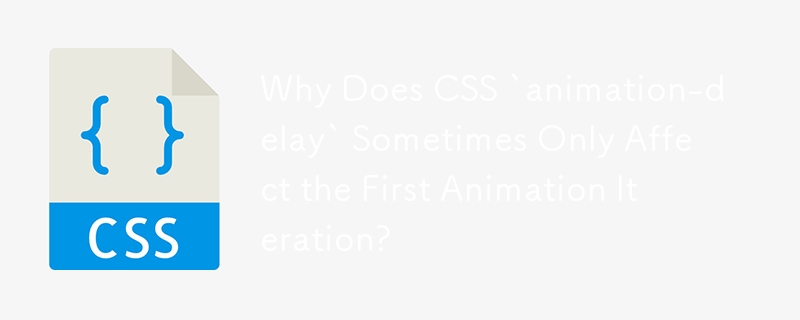
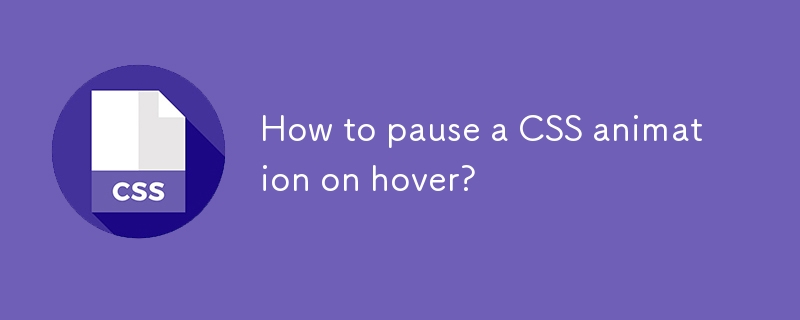
How to pause a CSS animation on hover?
Article Introduction:To pause CSS animation, use the animation-play-state attribute; 1. Set animation-play-state:running by default to play animation; 2. Set animation-play-state:paused in the :hover pseudo-class to pause the animation; 3. After the mouse is moved out, the animation will automatically resume playback; this method is suitable for all CSS animations, and multiple animations can be controlled separately, so interactive effects can be achieved without JavaScript.
2025-07-27
comment 0
855

Optimizing CSS: Tweaking Animation Performance with DevTools
Article Introduction:CSS animation performance optimization guide: Using browser developer tools to improve animation fluency
This article is created in collaboration with SiteGround. Thanks to our partners who support SitePoint.
As we all know, CSS animation performance is usually very high. However, for scenes that contain a large number of elements or complex animations, if the code is not optimized for performance, it will cause animation to be stuttered and affect the user experience.
This article will introduce some practical browser developer tool features to help you check the running mechanism behind CSS animations. When the animation is stuck, you can better understand the reasons and fix them.
Key Points
Use browser developer tools to optimize CSS animation performance, identify problems that cause animation lag, and gain insight into animation
2025-02-16
comment 0
603
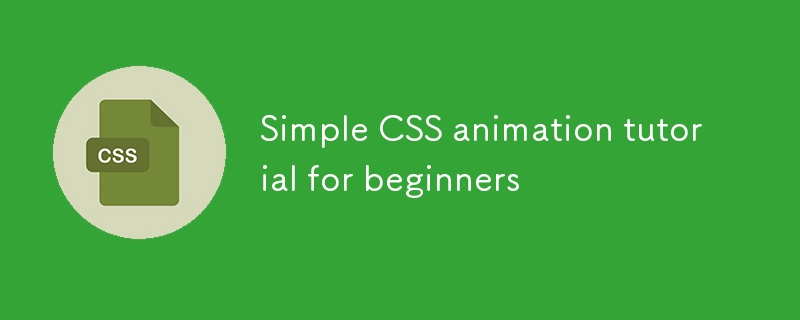
Simple CSS animation tutorial for beginners
Article Introduction:The key to CSS animation is to master the use of @keyframes and animation attributes. 1. @keyframes is used to define animation keyframes, and set the state of different stages of the animation through from/to or percentage; 2. The animation attribute applies animation to elements, including settings such as name, duration, easing function, delay and number of playbacks; 3. The code can be simplified by abbreviated attributes, and the effect of staggered playback of multiple elements is achieved using animation-delay; 4. Pay attention to browser compatibility, performance optimization, triggering methods and keeping animations simple. By mastering these core points, you can easily create smooth and beautiful CSS animations.
2025-06-30
comment 0
702
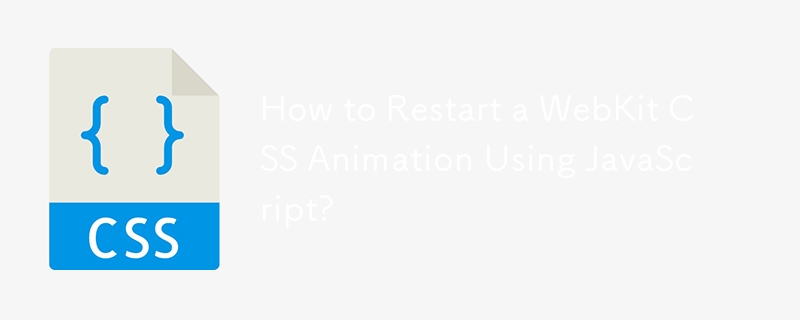

Explain the different properties that you can use to control CSS animations (e.g.,?animation-name,?animation-duration,?animation-timing-function,?animation-iteration-count,?animation-direction,?animat
Article Introduction:Article discusses CSS animation properties: animation-name, duration, timing-function, iteration-count, direction, and fill-mode, their uses and effects.Main issue: Understanding and applying these properties to control animations effectively.
2025-03-26
comment 0
475

BLACK HOLE ANIMATION WITH HTML CSS AND JAVASCRIPT
Article Introduction:Use HTML, CSS and JavaScript to make cool black universe animation
This code creates a fascinating black universe animation effect. Let us gradually decompose the code and understand its functions:
Black Universe Animation & L
2025-01-27
comment 0
1173

JavaScript control CSS animation: realize click triggering and automatic reset
Article Introduction:This tutorial explains in detail how to use JavaScript to achieve precise control of HTML elements' CSS animations. We will learn how to trigger a CSS animation via a button click event and automatically reset it after the animation playback is over so that the animation can be played repeatedly. The core technology involves CSS' @keyframes definition animation, JavaScript's DOM operation (classList) and event listening (animationend).
2025-08-08
comment 0
803
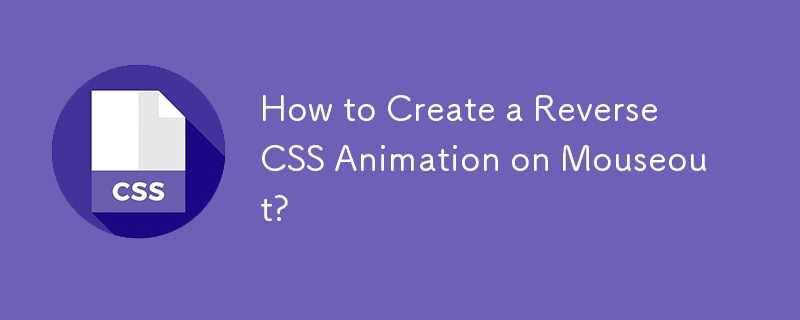
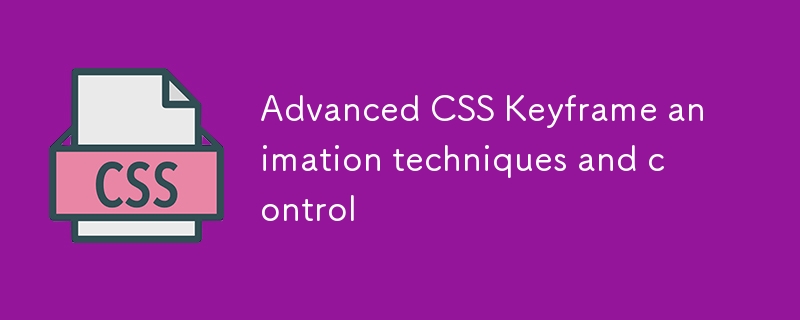
Advanced CSS Keyframe animation techniques and control
Article Introduction:CSSkeyframe animation can achieve delicate and complex effects through techniques. 1. Use animation-timing-function to refine the rhythm, such as the first half of ease-in the second half of ease-out; 2. Control the playback state through animation-play-state and animation-direction to achieve pause, reverse, and back-and-forth playback; 3. Use commas to separate multi-layer animation overlays to create combined animation effects; 4. Dynamically adjust animation parameters in combination with JavaScript, such as modifying CSS variables to change the duration or direction. Mastering these techniques can improve animation fluency, controllability and interactivity.
2025-07-12
comment 0
861

Controllable element animation playback and reset through JavaScript and CSS
Article Introduction:This article details how to use HTML, CSS and JavaScript to work together to trigger and control the animation playback of web page elements through user interaction (such as button clicks). We will take an animation that rotates the logo as an example to show how to start the animation by dynamically adding and removing CSS classes and automatically resetting it after the animation is completed, thus providing a clear and repeatable animation control scheme.
2025-08-08
comment 0
175

How to create a staggered animation with CSS?
Article Introduction:To create CSS interleaving animation, you need to set incremental animation-delay to make the elements play animations in turn. The specific methods are: 1. Apply the same animation for multiple elements but set gradually increasing animation-delay to achieve sequence effect; 2. Use CSS custom attributes combined with the calc() function to dynamically calculate the delay according to the element position to improve scalability; 3. Pack the labels separately for letters or words in the text and set the delay to implement word-by-word animation; 4. At present, the experimental cascade:add feature is not recommended. The delay increment should be kept between 0.05s and 0.2s, using animation-fill-mode:for
2025-08-05
comment 0
202







